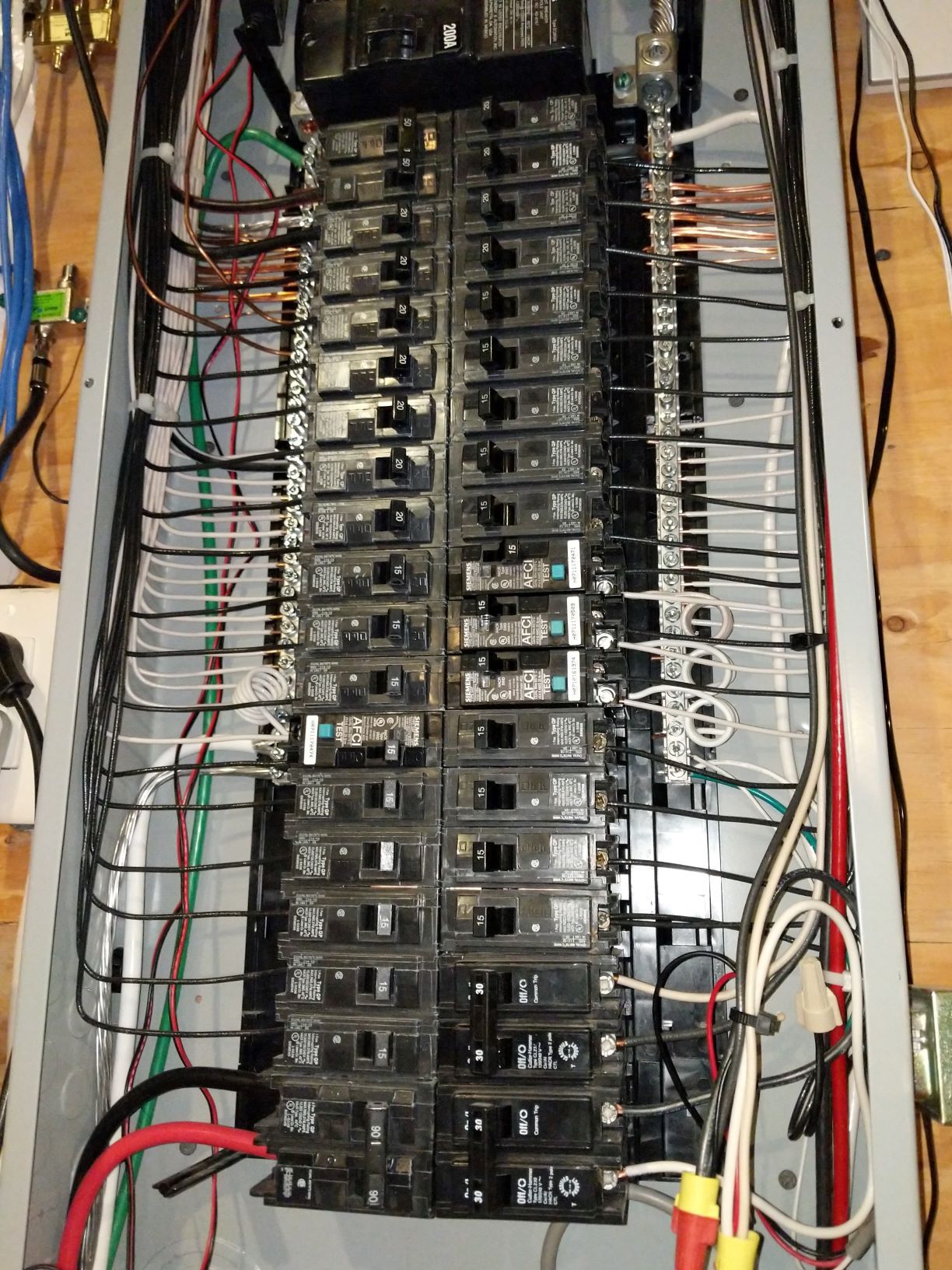After a recent blizzard, I realized how SOL I'd be if I lost power, and purchased a 4500 watt, 120v inverter generator (3500 running watts). One of my requirements for a generator was "mobile" so I could lift it into the back of my SUV and take it to family/friends that need help. At under 80lbs, this one fit the bill. 240V generators were much heavier, and I have no critical 240V circuits.
I have 3 critical loads:
- 120v furnace fan pulling ~550w (NG Furnace & NG HWT)
- Fridge (200w)
- Backup sump pump (Battery trickle charger, minimal)
I have a regular NG hwt. I would also like to be able to have some creature comforts; typical LED lights, internet, TV, functional garage opener, computers, all combined would barely add an additional 500w.
As extended outages are rare, my initial thought was to run extension cords, but this would be janky and annoying; would need to put in a plug/outlet for generator, pull fridge out to access plug, have wires all over the house, and not have any hardwired lights.
So, I thought an interlock would be my ticket, with a little game-day common sense: no toasters, or hair dryers, or dishwasher; I'd keep obvious no-touch circuit breakers flipped off. With 30A available I'd likely use 10A - 16A.
A licensed electrician took a look at my panel today and said, "no problem, just need to move a couple breakers to tandems to make room for the generator breaker" but then I showed him my 120v generator and he said "problem - you might just be electrifying half the box." He left and said he would have to do some homework.
I've done a little reading and on a basic level I understand the concept of MWBC/shared neutral but I don't know how I could determine:
- do I have any MWBCs? How do I know for sure?
- if I do have MWBCs, I could probably make do with half the breakers, I'd just have the sparky move a couple critical circuits around if necessary. But if this is the case, how can I determine whether a particular circuit is on which leg?

